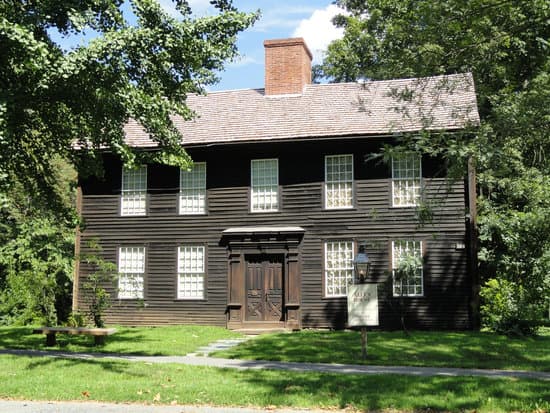Desert Landscape Types:
Deserts cover around one-third of the land surface on earth and are characterized by their exceptionally arid conditions, with little to no rainfall or water sources. Despite the harsh environment, deserts have their own unique beauty and are home to a wide variety of plants and animals. The four major kinds of deserts are dry and hot deserts, semi-arid deserts and coastal deserts, as well as cold deserts.Dry and Hot Deserts:
Dry and hot deserts are the most common type and are usually characterized as being extremely hot during the day, with temperatures reaching up to 120°F or more, and very cold at night, often falling below freezing. The soil in these deserts is usually rocky and sandy, and rainfall is rare, occurring in short bursts of intense downpours. Key Characteristics of Dry and Hot Deserts:- high daytime temperatures
- low nighttime temperatures
- rocky and sandy soil
- rare, intense rainfall
Semi-arid and Coastal Deserts:
Semi-arid and coastal deserts are often cooler than their dry and hot counterparts, and these types of deserts are characterized by moderate rainfall, usually occurring during the winter. Semi-arid deserts are also known as steppe deserts, as the vegetation in these areas resembles that of the grassy steppes of Eurasia. Coastal deserts are found along coastlines and are often affected by coastal fog. Key Characteristics of Semi-arid and Coastal Deserts:- cooler temperatures than dry and hot deserts
- moderate rainfall, mostly in winter
- vegetation resembling grassy steppes
- coastal fog in coastal deserts
Cold Deserts:
Cold deserts exist in areas where the cold climate prevents the formation of vegetation, and these types of deserts are often found in the Arctic and Antarctic regions. During the summer, temperatures may rise significantly, but they remain below freezing for most of the year. Precipitation is scarce in cold deserts, with snow being the primary source of moisture. Key Characteristics of Cold Deserts:- extremely cold temperatures
- little to no vegetation
- scarce precipitation, mainly snow
- found primarily in the Arctic and Antarctic regions
Unique Characteristics of Each Desert Type:
Each type of desert has its own unique characteristics, and these are defined by the temperature, rainfall, and topography of the region. While dry and hot deserts are characterized by high temperatures and rocky, sandy soil, cold deserts are marked by extremely low temperatures and little to no vegetation. Semi-arid and coastal deserts exist in climates that are more moderate and receive some rainfall, but this precipitation is still generally scarce.Vegetation in Desert Landscapes:
Despite the harsh climate, deserts are home to a diverse selection of flora. The plant life that exists here has adapted to the arid conditions, with many species possessing thick leaves or other ways of retaining moisture. Succulents, such as cacti and other types of prickly plants, are common in hot, dry deserts. Cold deserts, on the other hand, may have small shrubs or grasses, with mosses and lichens being the most common types of plant life.Adaptations of Wildlife in Deserts:
The wildlife in deserts has also adapted to the harsh conditions, with many species possessing unique adaptations to survive. Some animals, like kangaroo rats, are able to live without water, while others, like camels, have the ability to store large amounts of water within their bodies. Many desert animals are also nocturnal, able to avoid the extreme daytime heat by being active at night. Reptiles, such as snakes and lizards, are common in hot deserts, while birds and small mammals, such as hares and rodents, are more commonly found in colder deserts.In conclusion, deserts are incredibly diverse environments, home to a wide range of flora and fauna that have adapted to the arid conditions. Whether it’s the heat and sand of dry and hot deserts or the ice and snow of cold deserts, each type of desert has its own unique qualities that make it a fascinating and beautiful place to explore.





















